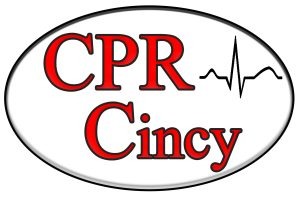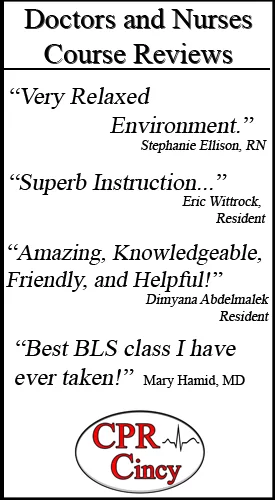In the realm of emergency medical care, two fundamental techniques stand out: Basic Life Support (BLS) and Cardiopulmonary Resuscitation (CPR). BLS and CPR are often used interchangeably, but understanding their distinctions is paramount for anyone involved in emergency response. BLS encompasses a broader spectrum of medical interventions, while CPR serves as a vital component within the BLS framework. In this comprehensive guide, we’ll delve into the intricacies of BLS and CPR, explore their roles in emergency medical situations, and highlight the synergy between these life-saving techniques.
Basic Life Support (BLS) is a comprehensive approach to medical care aimed at stabilizing patients in emergency situations. The core components of BLS are encapsulated in the acronym ABCD: Airway, Breathing, Circulation, and Defibrillation. These components form the foundation of emergency medical interventions, addressing critical aspects of patient care to maximize the chances of survival. BLS-trained individuals are equipped to assess and manage a wide range of emergencies, from cardiac arrest to traumatic injuries, using standardized protocols and procedures.
CPR: A Vital Component of BLS
Cardiopulmonary Resuscitation (CPR) is a specific technique within the realm of BLS designed to maintain blood circulation and oxygenation in individuals experiencing cardiac arrest or respiratory failure. CPR involves a combination of chest compressions and rescue breaths, aimed at simulating the heart’s pumping action and restoring airflow to the lungs. CPR plays a crucial role in the BLS protocol, serving as the cornerstone of immediate intervention in cardiac emergencies until advanced medical assistance arrives.
While BLS and CPR are closely related, they differ in scope and application. BLS encompasses a broader range of medical interventions beyond CPR, including assessing vital signs, administering oxygen therapy, and managing traumatic injuries. CPR, on the other hand, focuses specifically on maintaining circulation and oxygenation through chest compressions and rescue breaths. In terms of training requirements, BLS certification typically includes CPR training but also extends to additional skills and knowledge relevant to emergency medical care.
When to Use BLS vs. CPR
Determining when to apply BLS techniques versus CPR depends on the nature of the emergency and the patient’s condition. BLS techniques are generally initiated when a patient’s vital signs are compromised, such as in cases of cardiac arrest, choking, or severe trauma. CPR is specifically indicated when a patient is unresponsive, not breathing, or in cardiac arrest, requiring immediate chest compressions and rescue breaths to sustain circulation and oxygenation. Real-life case examples illustrate the appropriate use of BLS and CPR in various emergency scenarios, highlighting the critical importance of timely intervention.
BLS and CPR work synergistically to optimize patient outcomes in emergency situations. While BLS provides a framework for comprehensive patient care, CPR serves as a vital intervention within that framework, addressing immediate threats to circulation and oxygenation. Real-life scenarios showcase the seamless integration of BLS and CPR techniques, demonstrating how coordinated efforts among healthcare providers and bystanders can make a significant difference in saving lives.
Training programs for BLS and CPR are essential for equipping individuals with the knowledge and skills necessary to respond effectively in emergency situations. BLS certification typically includes CPR training but extends to a broader range of medical interventions. Conversely, CPR certification focuses specifically on mastering CPR techniques. Staying up-to-date with certifications and refreshers is crucial for maintaining proficiency and ensuring readiness to respond in life-threatening emergencies.
In conclusion, understanding the critical disparity between Basic Life Support (BLS) and Cardiopulmonary Resuscitation (CPR) is essential for anyone seeking to be prepared for emergencies. While CPR focuses on providing immediate assistance to individuals experiencing cardiac arrest, BLS encompasses a broader range of life-saving techniques crucial for healthcare providers. In Cincinnati, securing proper certifications in both CPR and BLS is paramount for individuals involved in healthcare settings or those simply seeking to be prepared for emergencies. Through reputable training sites like CPR Cincinnati, individuals can attain CPR certification in Cincinnati and BLS certification in Cincinnati, ensuring they possess the skills and knowledge necessary to respond effectively to life-threatening situations. With stress-free, hands-on classes offered, CPR Cincinnati stands as a beacon for excellence in emergency preparedness training, delivering the best CPR education in Cincinnati and empowering individuals to save lives with confidence and proficiency.





